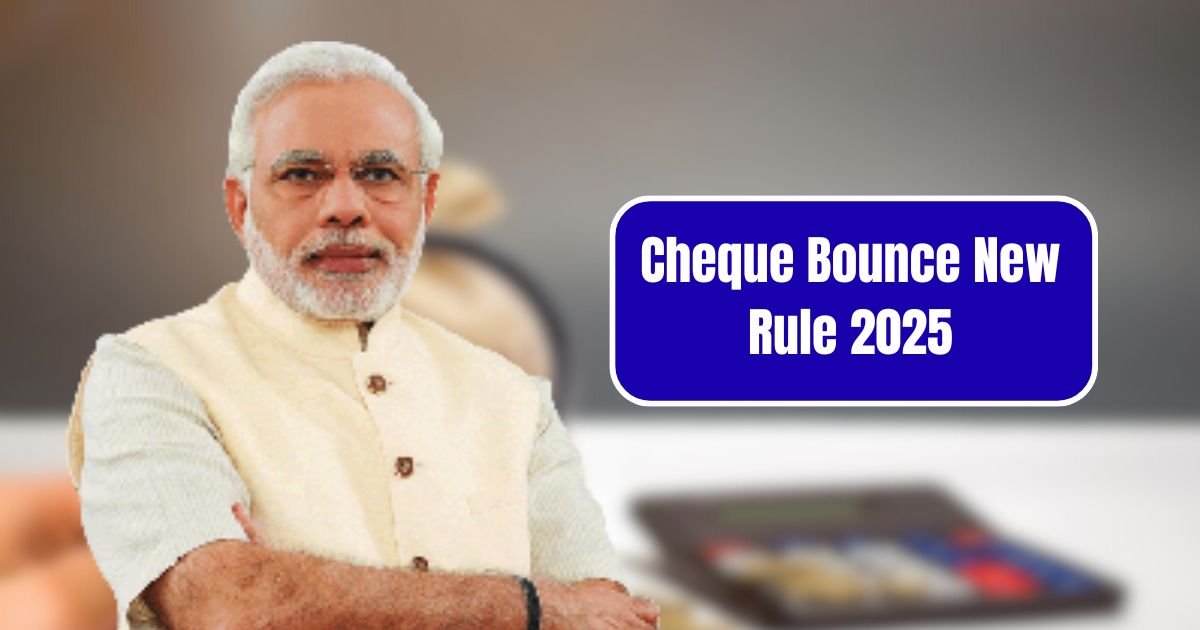Imagine being trapped in a legal hassle with penalties for a cheque bounce linked to a business deal. India has been trying to resolve such financial issues with the introduction of Cheque Bounce Rules of 2025. The Government and Reserve Bank of India are trying to make cheque transactions safer and prevent incautious users. It’s important to check these recent updates while focusing on ease of understanding.
Bank Alerts to Users
A cheque bounce notification via bank SMS and Email has a 24-hour service limit. During these notifications, the account holder and the cheque payee receive the notifications. In this scenario, the real-time notification system managing payments or resolving banking issues works perfectly. Providing customers with detailed explanations of transactions reduces misunderstandings.
Stricter Measures to Avoid Defaults
The 2025 guidelines have introduced new measures. Stricter measures have also been put in place to prevent defaults. If a cheque bounces due to insufficient funds, a person can be fined either double the cheque value or face a 2-year sentence. Banks also have a payment system where they charge between ₹50 to ₹750 depending on the cheque value. Such measures suggest that enforcement is aimed at taking control of financial policing.
Freezing Accounts of Offenders
This measure allows for the accurate control of cheque offenders and prevents misuse of the system, as the action of bouncing a cheque enables the freezing of bank accounts. Accounts can be frozen after the third bounce. From a behavioural economics perspective, freezing the account creates incentives, and the holder’s balance motivates preservation.
Cheque Bounce Issue Made Simple
There is a simplification of the cheque bounce issue. The courts have a new timeframe of 6 months to resolve a case which can also be submitted digitally. Complaint submission is being simplified. Submitting a legal notice is a prerequisite, but one can complain after 90 days of the bounce instead of 30. Legal forms have simplified the process by embedding required documents, which streamlines the effort.
Promoting Digital Substitutes
Adopting UPI and NEFT payments as primary options for 2025 makes their use compulsory. Encouraging their adoption makes sense, as both options are efficient and secure. Specialists in finance suggest using cheques only as a last resort and only after confirming that the required funds are sufficient in the account. In case the cheque is bound to bounce, it is advisable to inform the recipient in advance to protect them from any legal inconveniences.
Overview of Major Updates
| Aspect | Old Rule | New Rule (2025) |
|---|---|---|
| Notification | Delayed or inconsistent | SMS/email within 24 hours |
| Penalty | Up to 1 year imprisonment | Up to 2 years or double cheque amount |
| Account Freezing | Not enforced | After 3 consecutive bounces |
| Complaint Filing | Within 1 month | Within 3 months |
| Legal Timeline | Often delayed | Aimed at 6 month resolution |
| Evidence | Paper based | Digital records accepted |
Staying Ahead of the Curve
To avoid trouble, always ensure there are sufficient funds before issuing a cheque. Important details such as dates and signatures should be verified. Cheques are more secure when crossed. In the event of a bounce, contact the payee, clear payments within 15 days, and if not resolved, seek dispute resolution through legal channels. While cheque security regulations have improved, a greater burden of responsibility is needed.
Also Read: Savings Account New Rules 2025: Key Changes Every Account Holder Must Know
